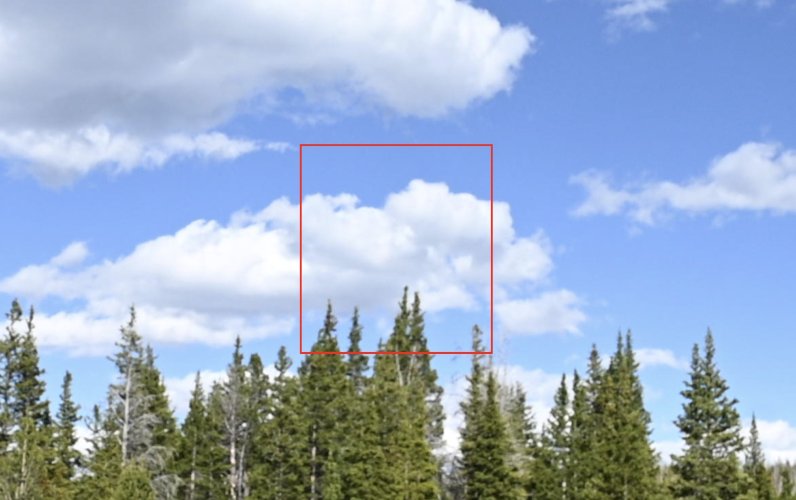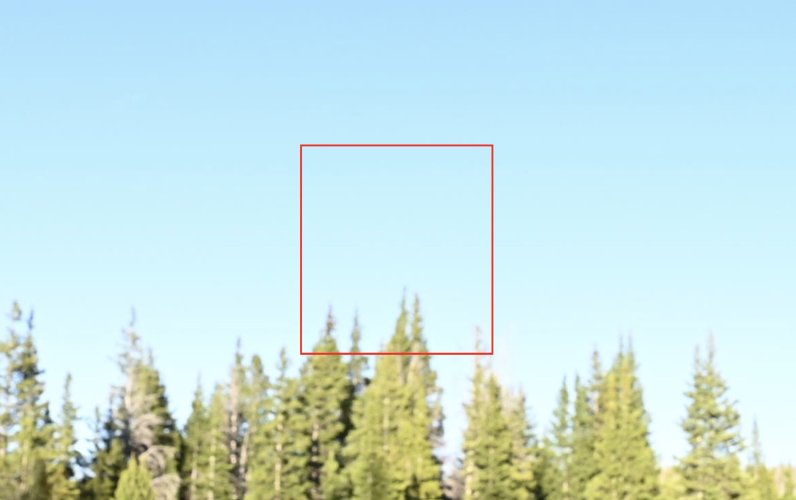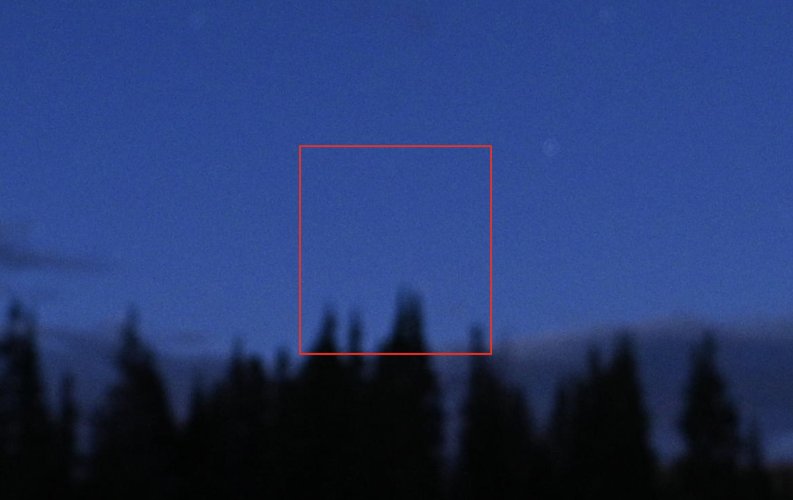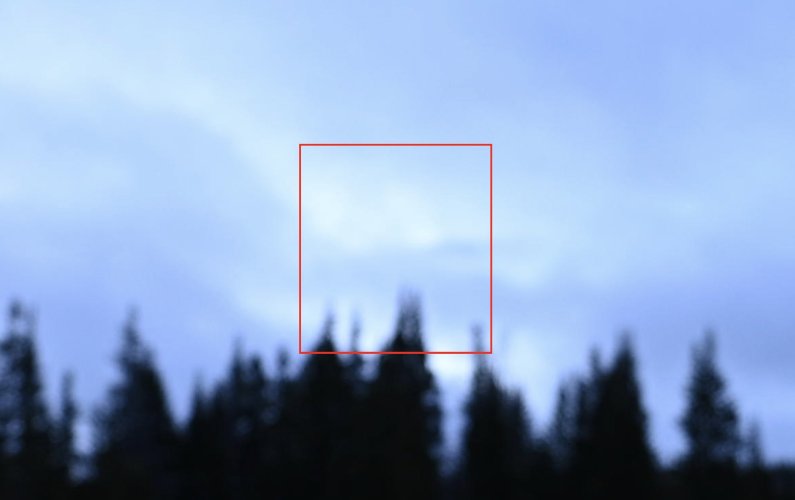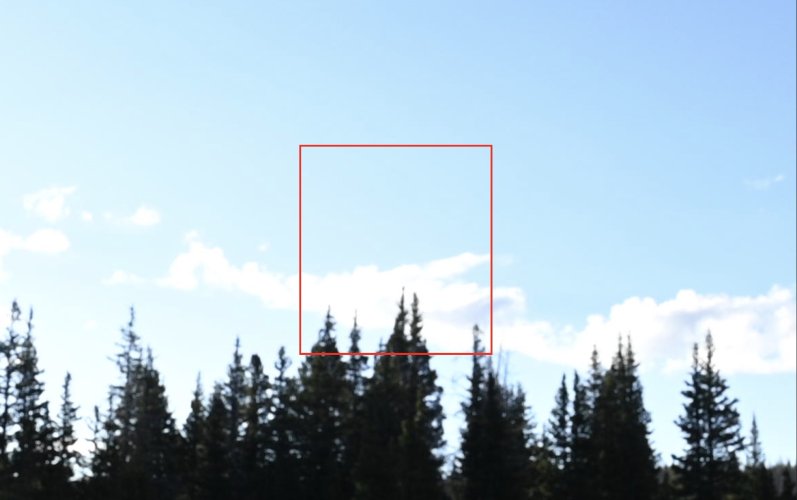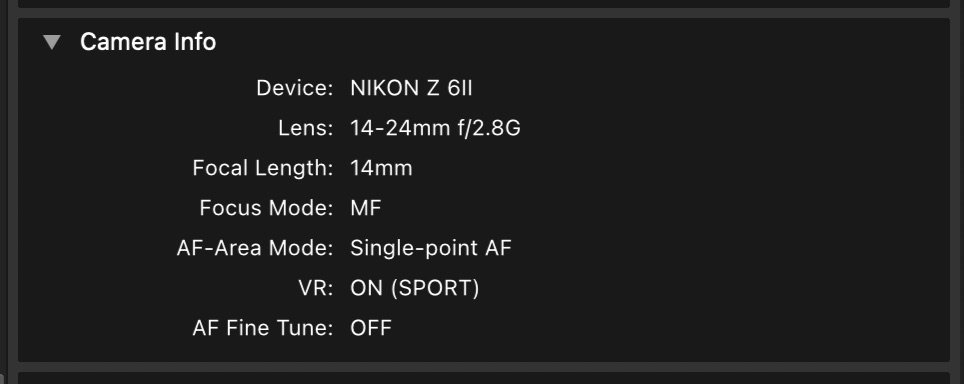This is a non-wildlife question/problem but I wanted to see if anyone here will have some insight. I setup a timelapse earlier this month to catch a transition from sunset/night/sunrise and found that the focus was changing during the timelapse even though I had set it up in manual focus (although somewhat off). The picture gets blurrier when dark and is better when it is lighter. In NXStudio, the focus mode is manual with single-point AF, but the VR was turned on in Sport mode. Can this be causing the changes, the VR attempting work while on a tripod? I have had a similar problems years ago doing some astrophotography; turning off VR fixed the problem.
You are using an out of date browser. It may not display this or other websites correctly.
You should upgrade or use an alternative browser.
You should upgrade or use an alternative browser.
Z6ii Focus Variations with Manual Focus
- Thread starter Drew
- Start date
If you would like to post, you'll need to register. Note that if you have a BCG store account, you'll need a new, separate account here (we keep the two sites separate for security purposes).
Cameron T
Well-known member
Could be a lot of things. Temperature variation, etc.
You are using a large AF box. Are you sure the camera was in manual focus? Focus will never change in manual focus unless the focus ring is adjusted. With the large AF box, it looks like the camera thought you were focusing on the clouds coming across the scene rather than the trees. Changing the focus point around the frame also affects exposure if you are using any kind of automated exposure like auto ISO or Aperture Priority. The AF sensor location is assumed to be the subject, so the camera weights it more heavily in matrix metering. It could also land on a bright cloud and the camera would darken the image accordingly to make the subject neutral gray. The other thing I've noticed is changes in light levels are a lot greater than they look to the human eye. Your eye adjusts to dimmer conditions while your camera does not.
aolander
Well-known member
What exposure mode? Is aperture changing during timelapse? Darker = larger aperture = less DOF
The EXIF info from NX Studio shows that I was in manual focus mode Why the EXIF information shows that I was in single point mode, I don't get. Usually I use AF with single point AF to set the focus and then switch to manual mode so there should be no changes in the focussing. The camera was set in program mode; so the aperture, shutter speed and ISO change during the shoot. I'll dig out that information later today.
If you are using program mode rather than Manual exposure your exposure settings will be bouncing around. The camera is going to try to make everything the same exposure, and will do that if your AF point is not changing.The EXIF info from NX Studio shows that I was in manual focus mode Why the EXIF information shows that I was in single point mode, I don't get. Usually I use AF with single point AF to set the focus and then switch to manual mode so there should be no changes in the focusing. The camera was set in program mode; so the aperture, shutter speed and ISO change during the shoot. I'll dig out that information later today.
Do you use Back Button focus normally? I've used timers and interval and found if your focus is activated with the shutter release, the focus point can move. If the focus point moves, exposure can change. The focus box being on both the trees and the clouds/sky bothers me a lot. That's asking for trouble with focus and exposure. I suspect the very dark frame was caused by hitting the limits of exposure settings and auto ISO. The camera adjusts as much as it can, and then just underexposes or overexposes if it is out of the range. You can set your Auto ISO range wider and it might help. The problem with that is all the images end up looking the same. Even a moonlight looks like daylight if you have a long enough exposure. When I made an interval series of the landscape during the eclipse, I had to manually adjust the exposure to make the exposure gradually get darker. Most of the change occurs in the last 30-45 minutes.


